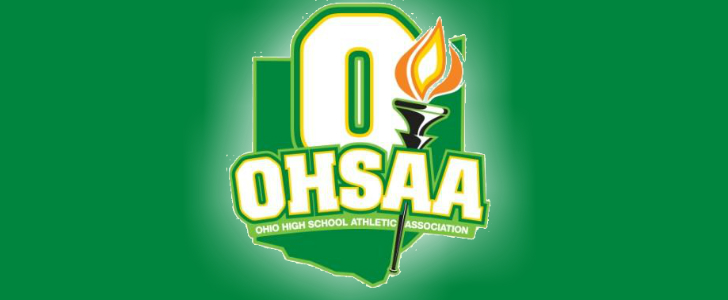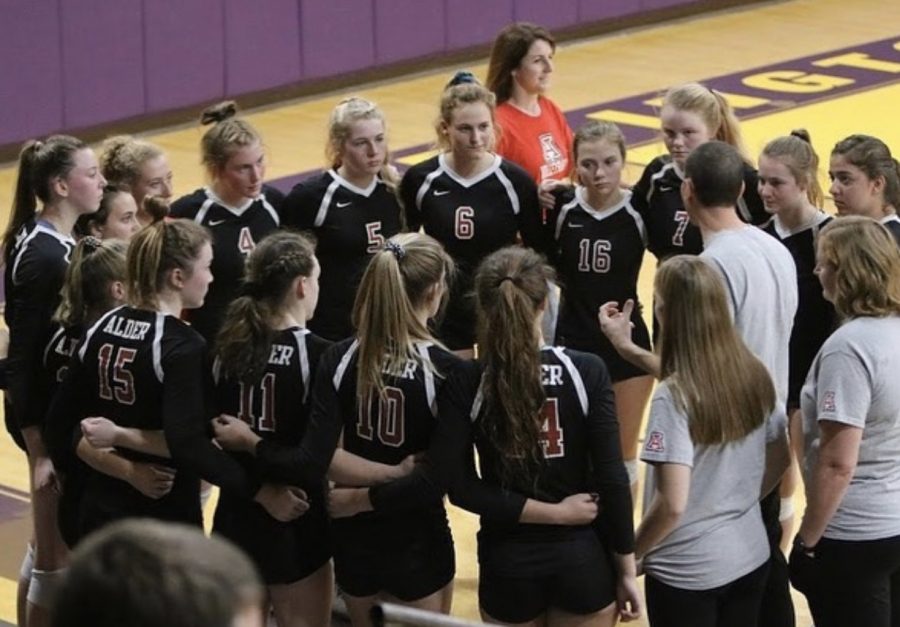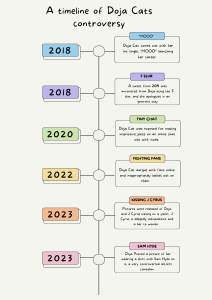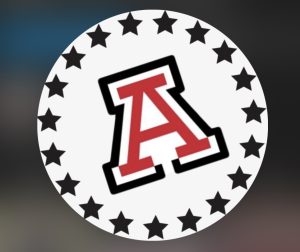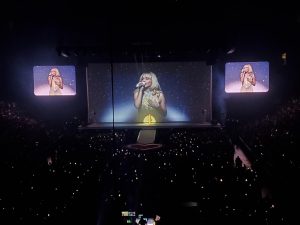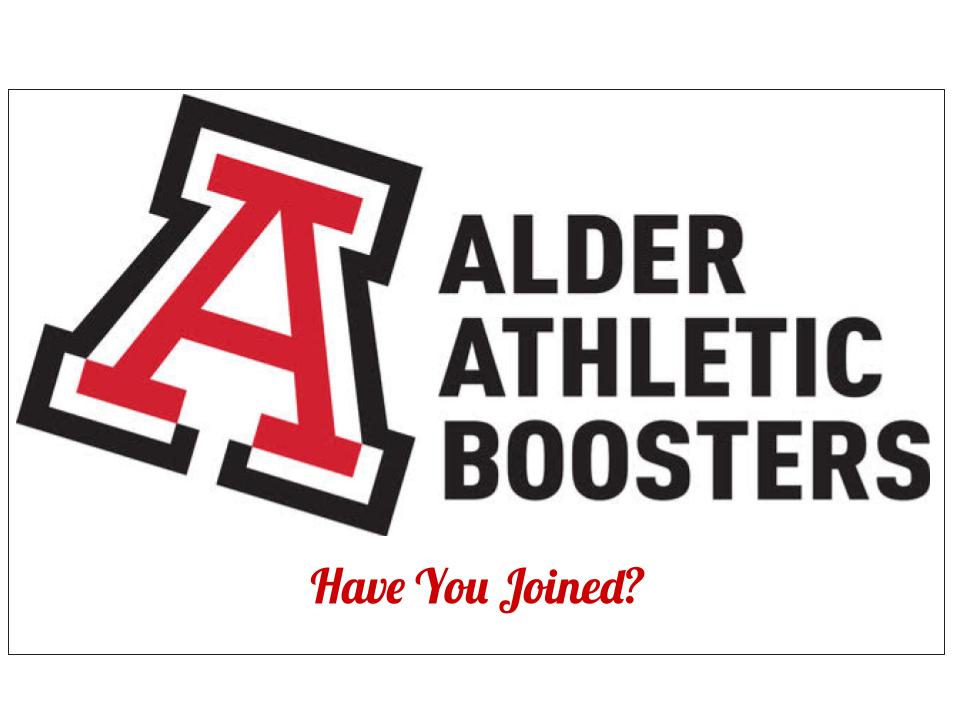Private Schools in Post Season Tournaments
January 10, 2020
All across the state of Ohio, hundreds of high school sports teams compete to win the glorious state title. They want to hoist the golden trophy high into the air and be able to call their team the state champions.
This, however, only happens to one team for each division in the state of Ohio. In these divisions there are many different types of schools–public and private, big and small, even coed and same-sex high schools. Throughout the years of Ohio High School Athletic Association (OHSAA), 65% of the state titles have gone to private schools.
Some reasons as to why these schools are so successful is because they are able to “recruit” their student athletes, they do not have to pay government taxes, and they have higher funds. Therefore, many people argue that private high schools should have their own divisions to compete in during their sports seasons in high school.
In the public school systems there are district lines–this means that where a student lives and where their house is determines where that person goes to school. The size of the division that a high school competes in is based on how many people are living in that district.
In central Ohio, based on where a student lives, they will be recommended what private high school they can attend. This somewhat sets a restriction because it is pushing that certain student to attend a certain school. However, not all private schools have these restrictions. Only some private schools have these limits and guidelines, but not all. Division placements for private schools also depend on the number of students at the school, but those students can come from anywhere in the state–it is not based on where the students live.
By being able to pull students from all over, it allows the term “recruiting” become relevant. Senior Johnny Kaltenbach said, “Public schools in no way are able to recruit any athlete… which creates a divide between public school athletes and private school athletes.”
This is why if a private school coach sees a great player, they are able to approach them and try to persuade them to go and play for their team. These coaches often will use the excuse that the student will attend the school specifically because they want to education–or a religious experience, in the case of parochial schools. Using that reason, the government is not able to question the transfer because they cannot interfere with anything religious based.
With this advantage, private schools “can put together a team of all stars in hopes to destroy everyone they play,” says senior Sydney Bourquin.
While public schools have open enrollment policies where you can live outside the district and still go to that school, the number of open enrollment spots is limited for each school.
This difference between public and private is taken advantage of when the school has student athletes coming from all over the state just so they can play for that particular team and attend school there.
When private and public schools play each other and the public school wins, it often creates a bigger celebration and a more happy and joyous victory for them. Junior Denver Petershiem said, “When we beat private schools, I love it because they compete in ways that public schools can’t and are not able to…It is completely unfair.”
Difference in funding makes it so that it is not only is it unfair towards public schools, but amongst private schools there is also unfairness.
Private high schools do not have to pay government taxes because they are not associated with the government. Instead, private high schools receive funds from the students when they attend the school. According to Donna Fuscaldo, who wrote an article for the Investopedia, “a year of private high school…costs $13,030.” At large private schools, this money adds up quickly–and is often more money to work with for athletic budgets than public schools have. All of this money soon gets turned into new sports equipment, classroom necessities and high pay for coaches.
On the other hand, students that attend a public school simply have school supplies, and school fees to pay for. This rounds to be anywhere around $85-$120, depending in what classes you take. On top of that, public schools also have to pay government taxes. So, even with the lower income coming from the students, they still have to pay taxes to the state so they can function as a school.
This difference in funding sets a clear advantage for these private schools to have more assets and benefits, while public schools are not exposed to them. Funding is also not equal between private schools.
Many student athletes, including those that attend Jonathan Alder, feel that the difference in recruiting and funding makes competing in the same division as private schools feel unfair. Junior Grace Nees says, “I have no problem with the recruiting, they can do what they want. But what I do have a problem with is when those schools can compete and take us out of the state tournament when they are clearly stacked.”

